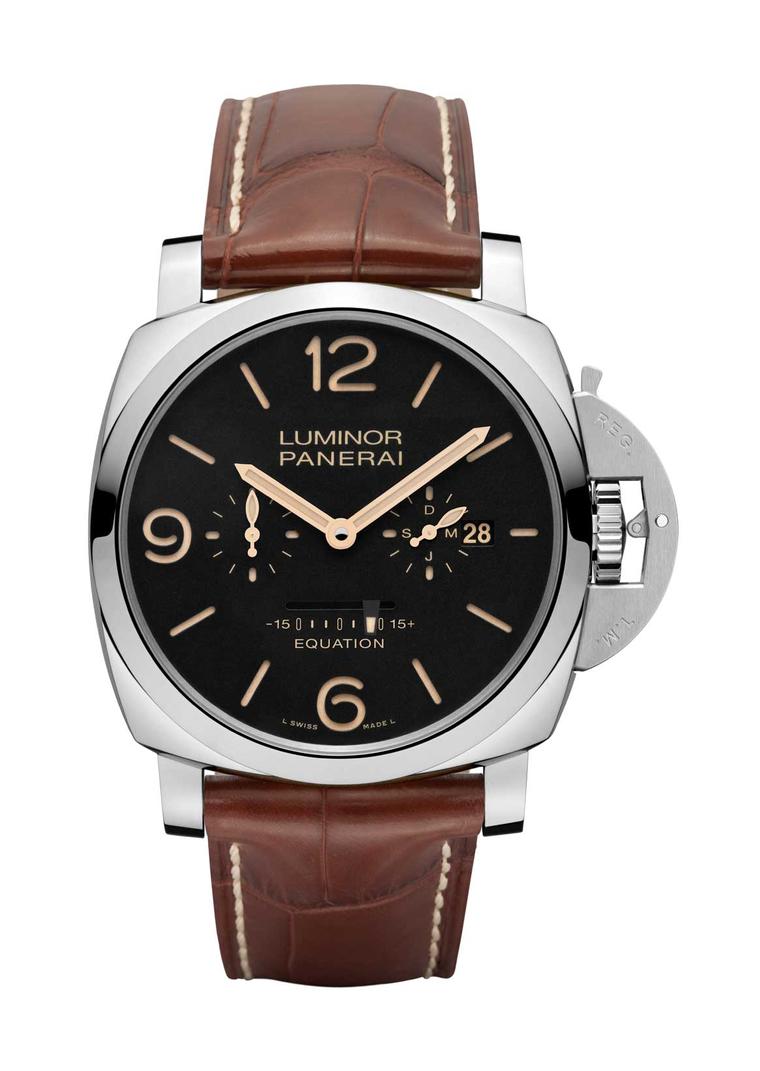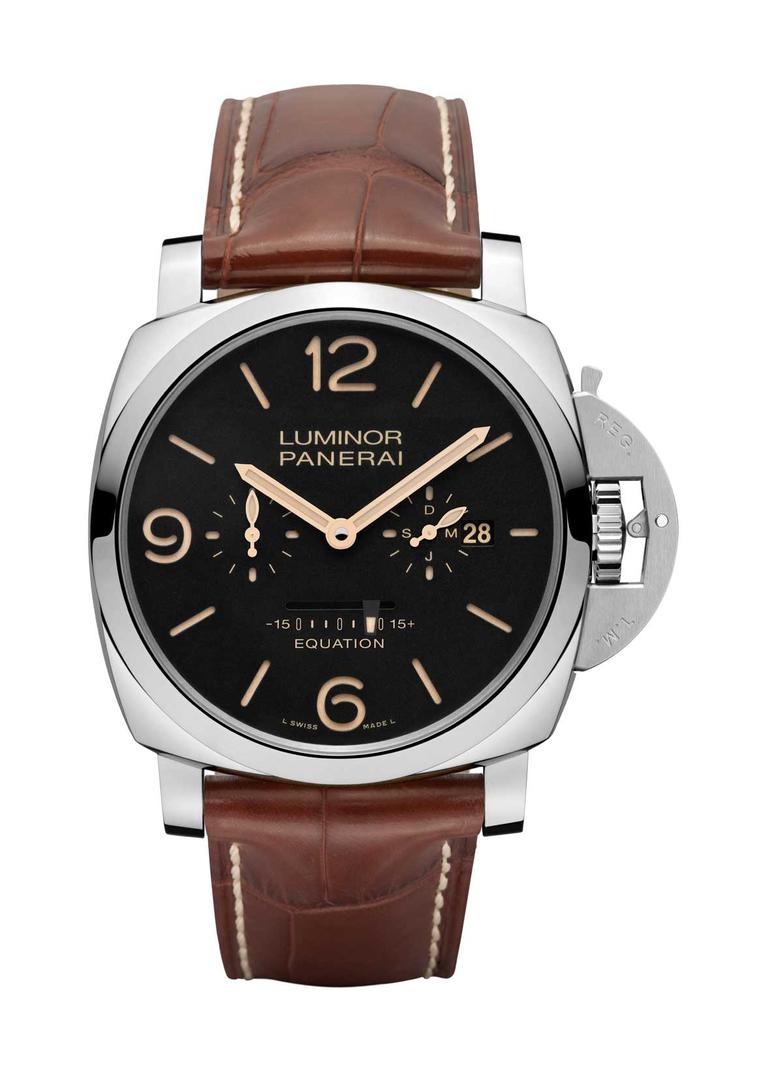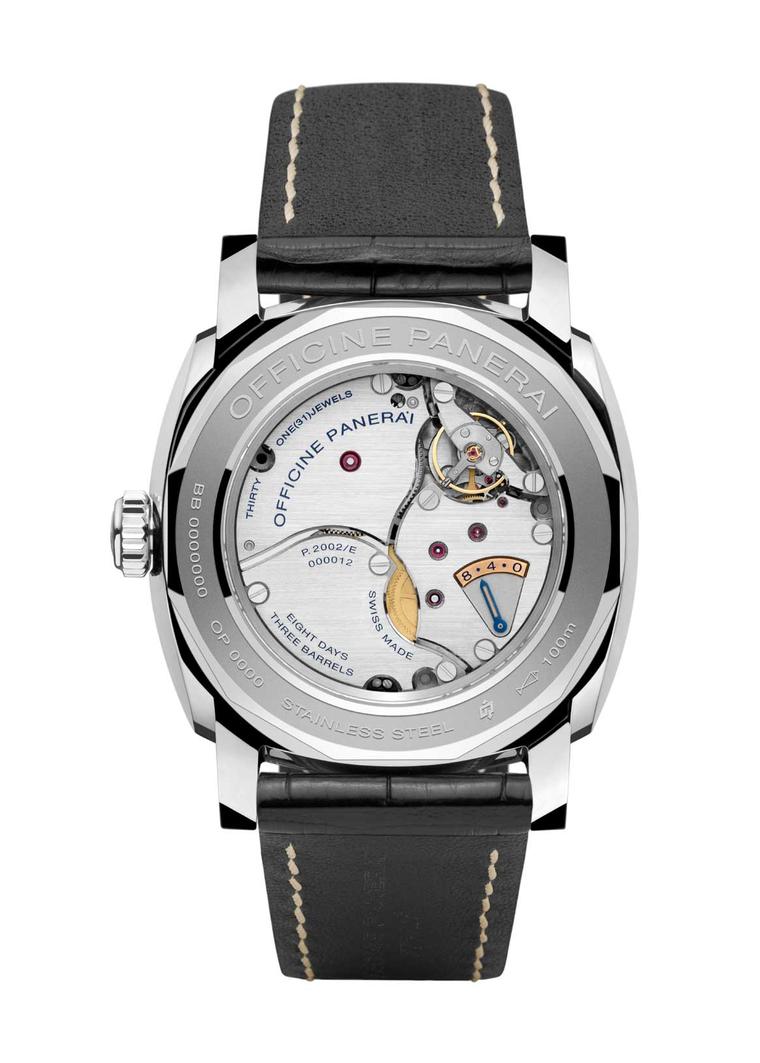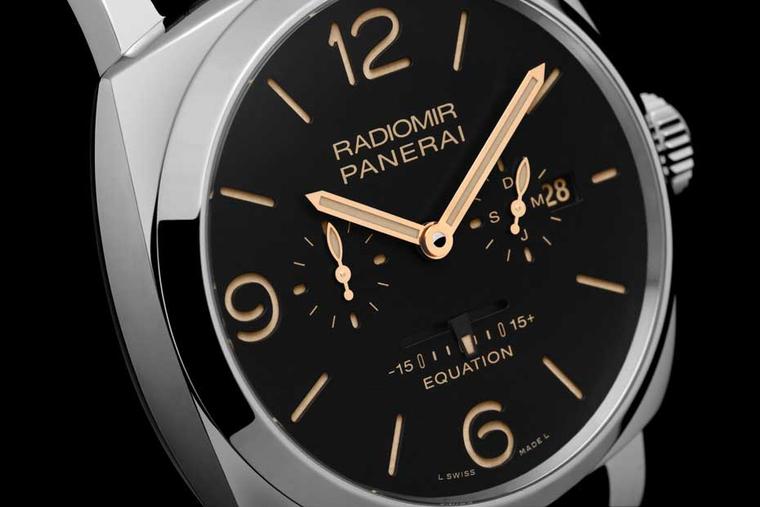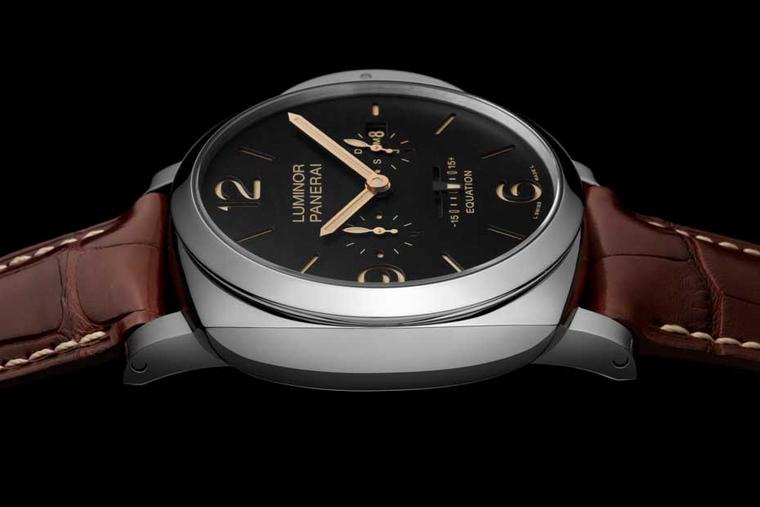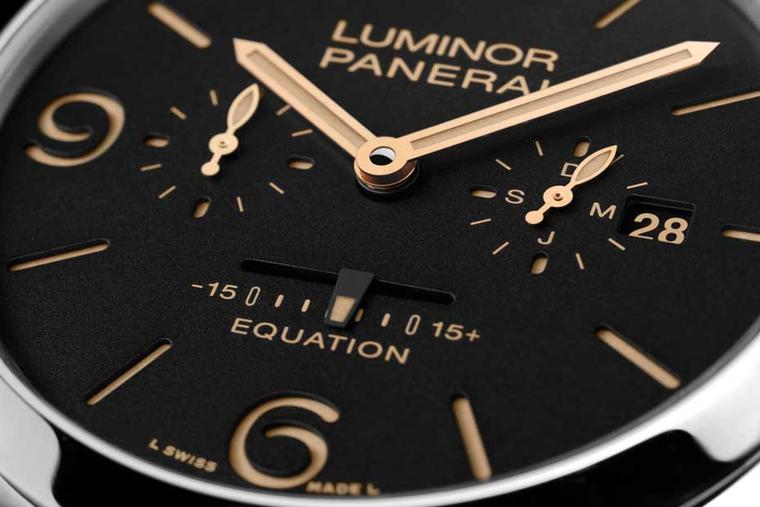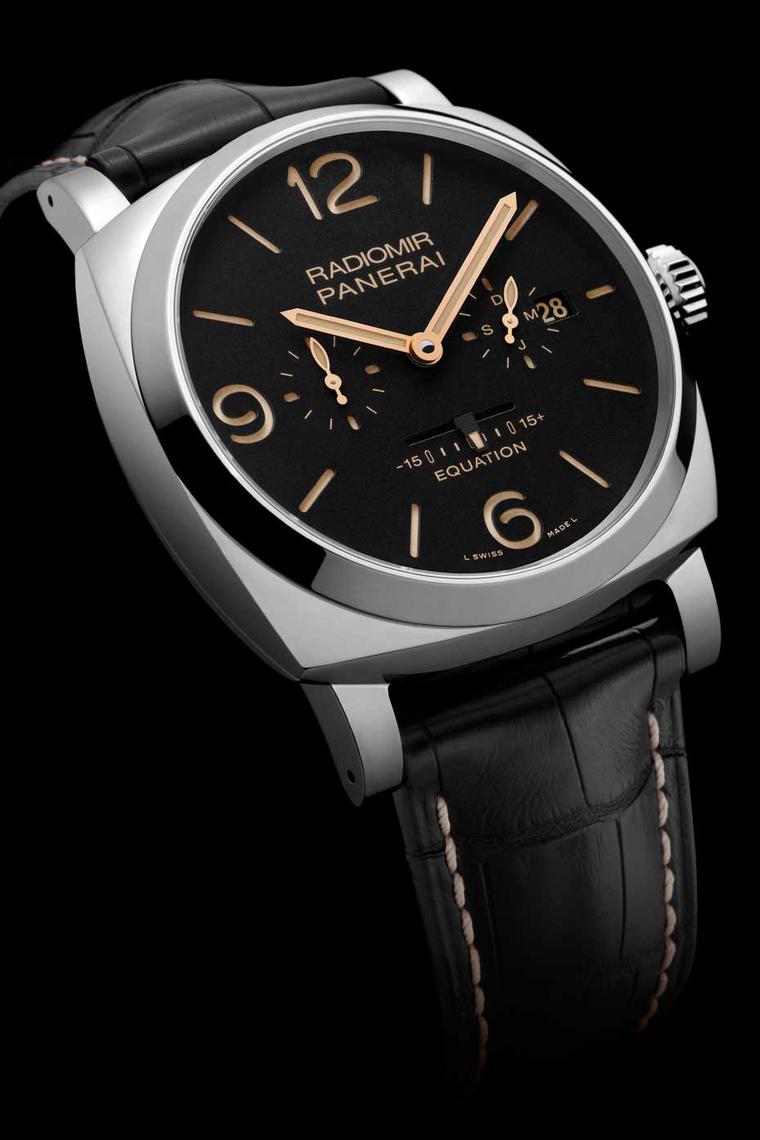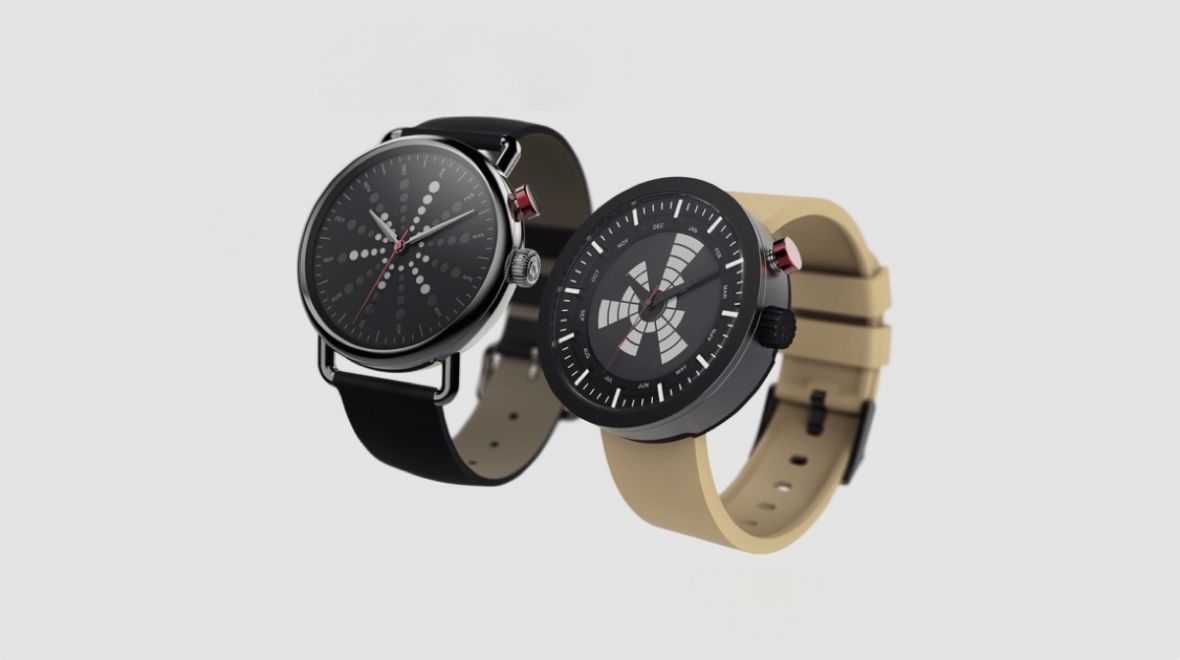By Rebecca Doulton
Hollywood actor Sylvester Stallone was not alone in his lack of awareness of the brand Panerai when he commented, “When I saw the watch, I immediately felt that it had star power – besides, it’s perfect for people who are over 45 years old.” This was in reference to the generous dimensions of the case and the clear numerals that glow in the dark. Stallone made the comment after discovering Panerai watches in the prop box on the set of the film Daylight, in Rome in 1995.
Panerai had been a secret of the Italian navy until the launch of its first commercial collection in 1993. This, in a sense, kick-started the renaissance of Panerai watches in the public sphere.
Now one of Richemont Group’s strong players, Panerai’s oversized, macho cases have won over watch aficionados with their balance of functional military performance, coupled with pure Italian design. The amazing thing about Panerai has been its ability to create a solid brand built almost exclusively around two models, the Radiomir and the Luminor. The Panerai Radiomir watch was originally created for Italian frogmen in 1936, painted with radium to glow in the most adverse underwater conditions. Its brother, the Panerai Luminor watch, which was born a few years later, replaced the toxic radium for tritium luminescence, and featured the half-moon lever covering the crown to ensure water resistance up to 200 metres.
At the SIHH watch salon this year, Panerai unveiled a new astronomical complication – an equation of time – for both the Radiomir 1940 and the Luminor 1950. An equation of time complication indicates the difference between solar time and conventional mean time. This might seem like splitting hairs, but the variation can result in a watch being 15 minutes ahead or behind, depending on the time of year.
To indicate the equation of time, Panerai has opted for a linear indicator on the matte black dials of both the Radiomir 1940 and the Luminor 1950, with a small pointer moving either towards the plus or negative 15-minute marker. Both models retain their formidable Panerai watch identity and feature the classic sandwich structure invented by Panerai in the late 1930s – an ingenious invention that is basically two discs placed on top of one another. The disc on the bottom is covered with a luminous substance, while the top disc has holes cut out for the numbers and indices, which let the light shine through.
The Radiomir 1940 model comes in a 48mm stainless steel cushion-shaped case and, in addition to the equation of time indicator, features a date window and month indicator at 3 o’clock, a small seconds counter at 9 o’clock, and a power reserve indicator on the back. The hand-wound mechanical P.2002 calibre built by Panerai watches provides it with a robust power reserve of 192 hours, or eight days. The Radiomir is a limited edition of 200 models and is presented on a black alligator strap to match the dial.
The Panerai Luminor, with its distinctive bridge device to lock the crown, is slightly smaller at 47mm and houses exactly the same calibre as its older brother. Presented on a brown alligator strap, the Luminor 1950 is a limited edition of just 100 watches. Both Panerai watches are water-resistant to 100 metres and, if your intention is to go diving, the Luminor model comes with a handy screwdriver and tool to replace the leather strap.
